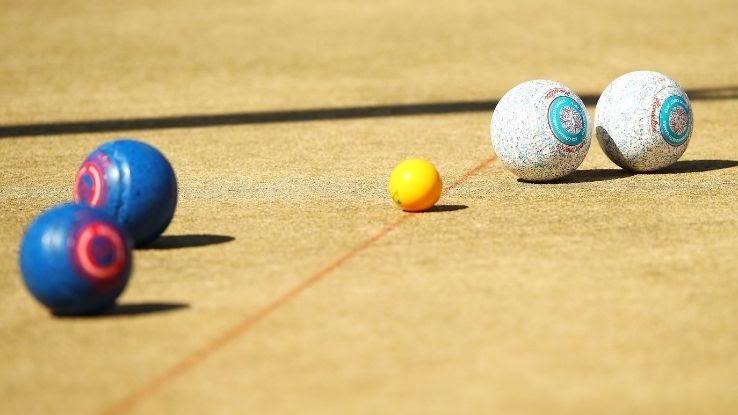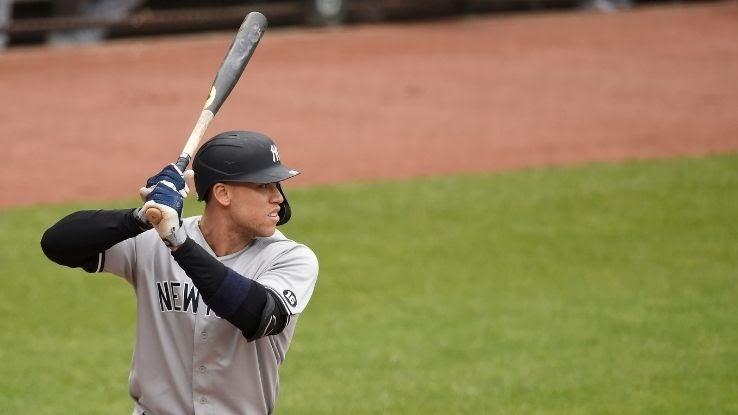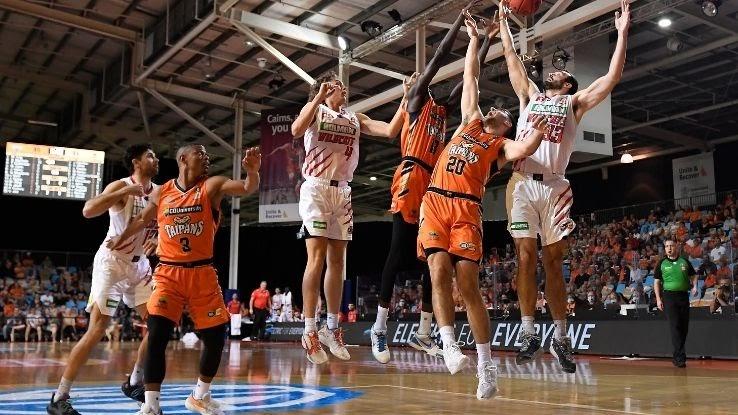Why Do They Call It a Rubber Match?

The sporting term “rubber match” refers to the final and deciding game in any series, and its origins trace back to the 16th-century English game of lawn bowling. Somewhat similar to bocce ball, the object of lawn bowling is to roll wooden balls across a flat field toward a smaller, white ball so they stop as close as possible to that smaller ball without hitting it. When it comes to the term “rubber match,” most experts agree that it takes its name, specifically, from either two lawn bowling balls rubbing together — a game-losing mistake — or from the final game’s potential to “rub out,” or erase, the losing team.
Rubber Match Origin
While the exact origin of the term “rubber match” remains a mystery, one thing’s for certain: it has nothing to do with actual rubber. As mentioned above, it was first used during 16th-century lawn bowling games. If two game balls rubbed together, that act would serve as a potential tiebreaker, thus determining the winner of the game. And, since then, the term “rubber match” has remained in our sports lexicon.

Others believe the word stems from the phrase “rubbing out,” which typically means to completely destroy, erase or eliminate. While we can’t really conclude which game first — that phrase or the game term “rubber match” — we can look at lawn bowling and bocce ball more closely to see how the term was — and continues to be — used in both games.
Lawn Bowling
In lawn bowling, teams roll hard plastic balls across a bowling green — typically a grass surface — with the aim of landing them as close as possible to a smaller ball called a “jack.” Sure, it looks like an easy game, but, in fact, some matches have been known to last four hours.

In either a singles or a doubles match, each player is given four balls to roll. However, in a triples match, each player gets three balls. After everyone has finished rolling their balls, players measure the distance between each ball and the jack to determine the winner. The player whose ball is closest to the jack earns points, also called “shots.” After all points are calculated for a particular throw, the game begins again from the opposite end of the green.
Bocce Ball
So, are lawn bowling and bocce ball the same game? Well, they are certainly similar, but there are a few key differences that separate the sports from each other. For starters, the game of bocce features eight large balls and a smaller ball, which is most often called the “pallino,” though some players refer to it as a “jack” or “boccino.”

Unlike in lawn bowling, each team receives four balls, each with a different pattern or color that distinguishes them from one another. Each team can have up to four players, and the number of players on a team determines how many balls they get to throw. For example, a two-player team throws two balls each. But, if it’s a singles match, the player throws all four balls.
To start things off, the teams toss a coin. Whoever wins either gets to pick their ball colors or choose to have the first throw of the game. Next, players roll the pallino, which must pass the center line on a standard bocce court to qualify as a legal throw. If the pallino fails to reach the center line, or falls out of the boundaries of the court, the opposing team gets to roll it next.
The player that rolled the pallino gets to play first by rolling their ball as close to the pallino as possible. Afterward, the opposing team gets a turn. Once all the balls have been thrown, the balls closest to the pallino earn their teams a point. Interestingly, bocce doesn’t have a “rubber match” since the game ends once a team reaches 16 points.
What Is a Rubber Game?
If both teams have an equal amount of wins and losses, the final event of a series is called a “rubber game,” more commonly known as a “tiebreaker.” The phrase first appeared in lawn bowling sometime around 1599, and, by 1744, its usage had spread to card games. Now, it’s used across a wide variety of sporting events.

But a “rubber game” has also been used in other ways. For example, in the card game bridge, “rubber bridge” is the original game in which players play the same deal in order to enable comparative scoring. Moreover, in card games, the term “rubber of whist” refers to the best of three games in which the winning team is determined.
What Is a Rubber Match in Baseball?
Baseball uses “rubber match” to refer to the best of three, five or even seven games in a series. For example, during the Major League Baseball’s (MLB) regular season, teams that are tied for a postseason spot need a tiebreaker game. However, it’s not a regular occurrence — only 16 tiebreaker games have ever been played in the MLB.

And that’s a good thing, namely because things could get even more complicated if two or more teams are facing a series of tiebreakers, especially in terms of naming divisional and “wild card” winners. In 1981, the Pawtucket Red Sox and the Rochester Red Wings, two minor league teams, played the longest professional baseball game in history. The game lasted eight hours and 25 minutes — and 33 innings — and it was completed over two days. Moreover, the “rubber match” portion was 18 minutes long.
What Is a Rubber Match in Basketball?
Much like in baseball, rubber matches rarely happen in basketball. But the meaning of the term is exactly the same, referring to a tiebreaker. If a tie occurs at the end of a standard game, the players continue to play five-minute overtime games until a victor emerges.

In 1951, a game between the Indianapolis Olympians and the Rochester Royals broke the record as the longest National Basketball Association (NBA) game ever. In total, the teams played six sets of five-minute overtimes before the Olympians finally won the game.





